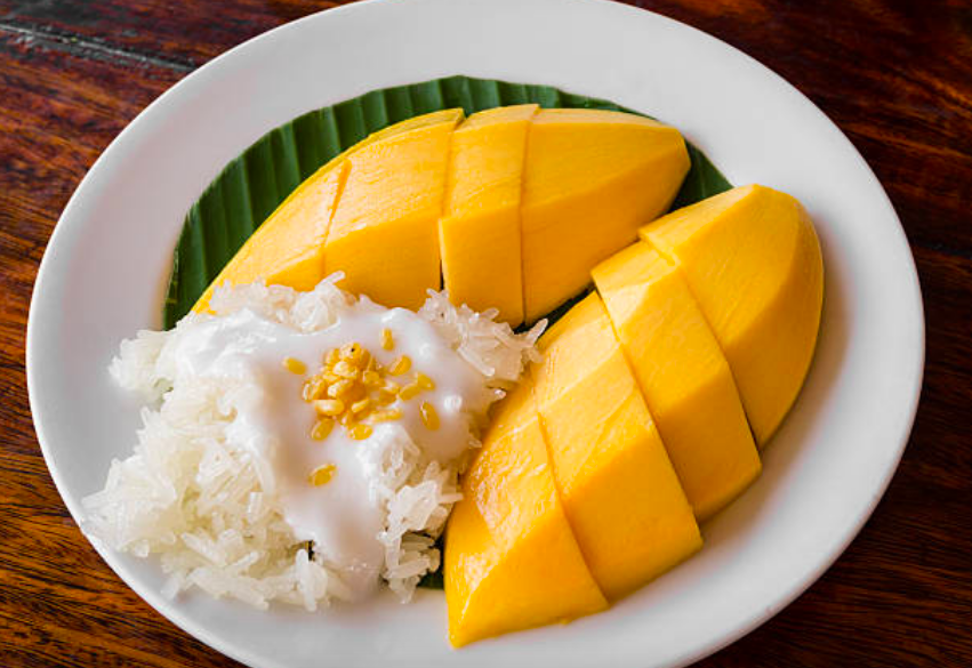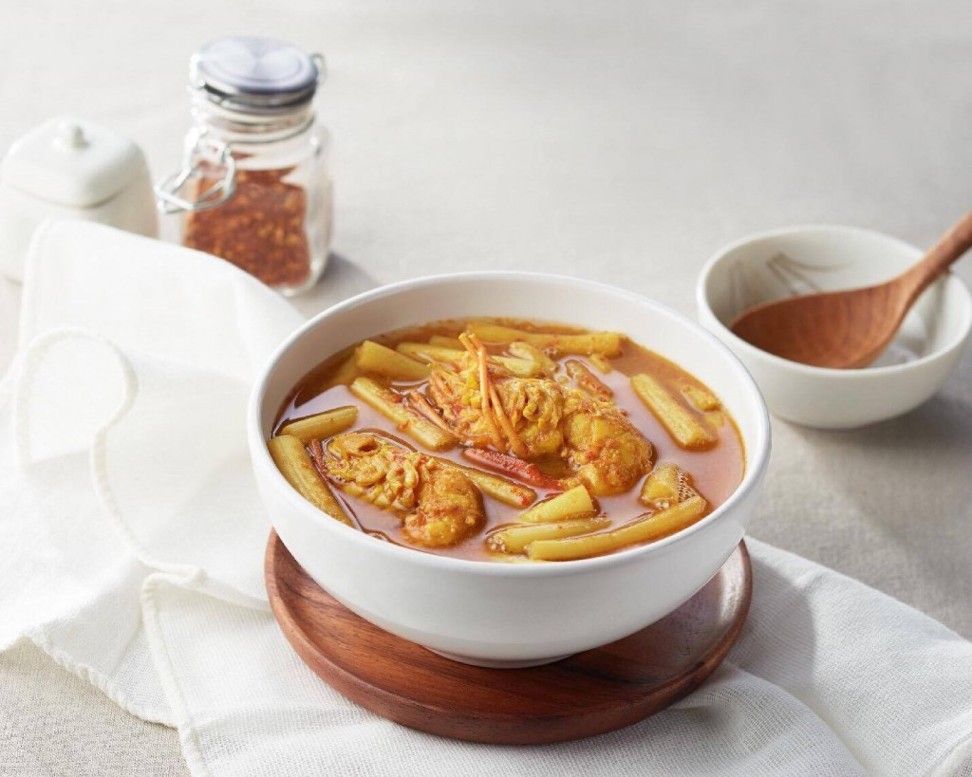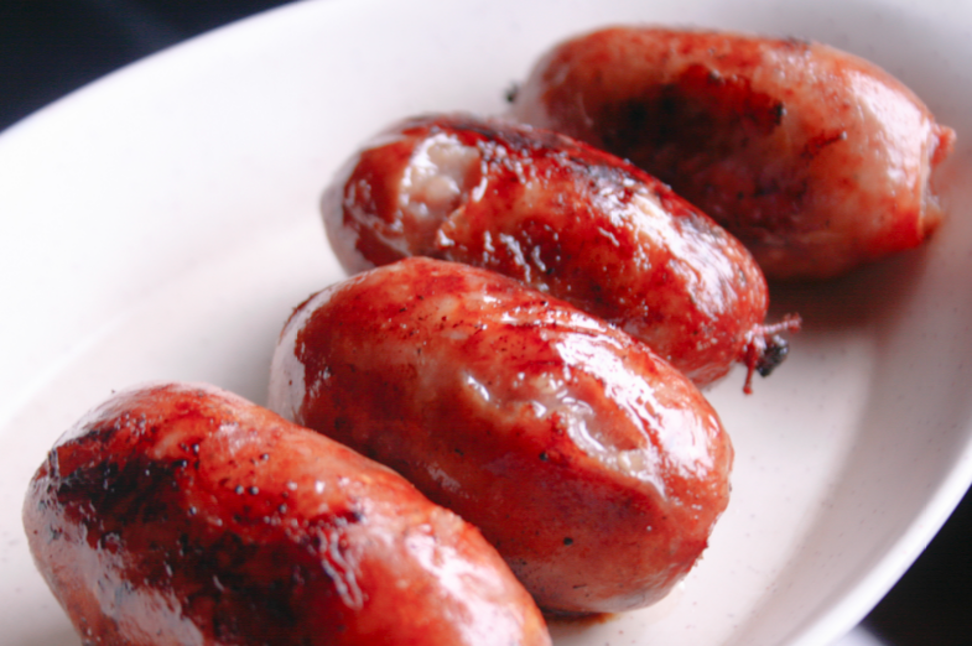
Eat like a local in Bangkok: take your pick from red ant eggs to deep-fried duck beaks
Explore the sois and khlongs, and discover an expanse of curries and a beguiling array of fruits and vegetables

Bangkok’s food scene is a full throttle, in-your-face, slap of technicolour. The food here is a deliriously fearsome bash of fire and sour and salt and smoke; of the high ethereal waft of Thai basil and lemongrass. It’s a proper no-holds-barred indulgence at every level; from the street food vendors with their roaming carts to Michelin-rated restaurants.
For an authentic exploration of what the city has to offer, you need to peek beneath the surface. Go deeper, explore the sois and khlongs, and discover an expanse of curries and a beguiling array of fruits and vegetables: mangoes – the very best in the world – and lychees, jackfruits, sugar-apple (or custard apples), melons and tamarind. Sample the staple pad Thai (Thai style fried noodles) and som tam (spicy green papaya salad) but then venture deeper.
Try lan larb bpet (deep-fried duck beaks), but don’t confuse it with larb. The latter is a northeastern-style spicy salad with meat, mushroom and mint, while the other includes larb mote daeng (red ant eggs). This dish is a combination of ants and ant eggs, and is popular throughout the country, even making an appearance at the Michelin-starred restaurant Le Du.
Vendors have become accustomed to the point-and-order farangs, unable to wrap their tongues around the pronunciation of say, sai ooah (northern Thai sausage) or kao niew ma muang (mango and sticky rice). Raan kao dtom jaesuay is more of a shopfront than a restaurant, where trays of mixed ingredients present squid, scallops, tiger prawns, smoked duck and fatty clumps of pork belly.
At Nai Mong Hoy Tod in Chinatown, a restaurant that sells nothing but oyster omelettes, dive into a rolled, crispy, tapioca flour-creation of decadence – and pay no more than 150 baht (US$4.72) for a Bib Gourmand omelette. Finish with a sprinkle of white pepper and a splash of Sriracha chilli sauce. Chinatown is a great place to explore the culinary history of the city. Bangkok was a Chinese city in the 19th century, and up until the 1920s, most Thais lived outside the city. Much of the street food nowadays is a hybrid of Thai, Chinese and Malay – reflecting the waves of immigration.
View this post on InstagramA post shared by JAY FAI (เจ๊ไฝ)⭐️ (@jayfaibangkok) on
If you want to up the ante – and the financial spend – then the iconic jay fai crab omelette is a football-sized morsel bulging with crabmeat. This Michelin-starred street-side restaurant has been in operation for more than 40 years.
On the subject of crab, head on over to local favourite Apsorn’s Kitchen, also known as Krua Apsorn, near the National Library, for stir-fried crab in curry powder. Also, in Silom, there’s the joltingly hot super spicy chicken wing soup at Somtum Der.
Venture to Aw Taw Kaw in Chatuchak and enter into the malodorous megalopolis market for fistfuls of durian and fragrant mango. Some of the makeshift restaurants around the periphery of the market sell sensational sauces and relishes too. Try sai grok (fermented sausage) at one of the little outposts.
View this post on InstagramA post shared by Michael Harrison (@mh_harrison) on
Speaking of markets, Khlong Toei offers visitors one of the most authentic experiences in the city. Bangkok’s biggest fresh market is labyrinthine; winding lanes selling raw meat, seafood and farm produce. If you have a weak stomach, avoid goong ten (dancing shrimp), made with of live shrimps, however, it’s rather wonderful for those with an adventurous streak.


